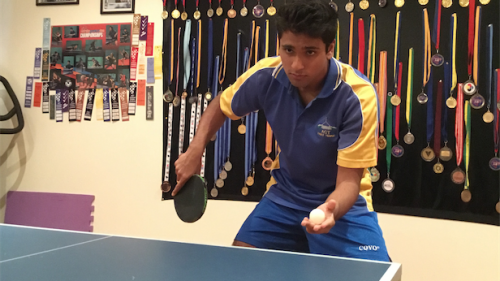
TO suggest that 18-year-old Canberra table tennis player, Rohan Dhooria, is single minded in his quest to be the best in the world in his chosen sport, to a certain extent, under values the sacrifices required to reach the top in a sport.

His chosen sport is not mainstream by any stretch of the imagination in this country.
By sacrifices, I am talking about the self-funding to play in tournaments in Asia and Europe where the sport is played in professional leagues; the hours in the gym working on fitness; the endless practice; and then there is the robot that now takes pride of place in the family lounge room at home in Monash.
“You have seen tennis machines that shoot balls at you, that is what it is like, and I play the robot in the living room,” he says.
“We cleared the living room for my table tennis. It used to be our family television and entertainment room.”
Rohan has lofty ambitions. He is already the number one player in the ACT; he is the top junior in Australia and has now set his sights this year on winning the Australian Open title. He just missed out on qualifying for the Australian team for the Commonwealth Games on the Gold Coast and has set his sights on playing at the 2022 Games in Birmingham.
He is confident the robot will help him achieve those goals.
“It’s more that I want to experiment and learn with particular shots and develop muscle memories. That is what I use the robot for,” he says.
To develop his game beyond Australia, Rohan says he needs to travel the world to find opponents and tournaments. His family assists in funding.
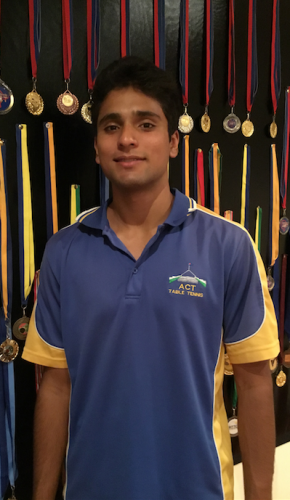
“It’s been a good experience travelling across the world, I have been to eight or nine different countries,” he says.
“It’s quite difficult, but we are thinking about the experience for the future.
“In Australia it’s a bit difficult to get funding and on top of that I have to really motivate myself and push myself to progress, but internationally it’s quite a strong competitive sport.
“After I finish my degree I plan to go off and play in the German League where there are about 3000 players in a professional competition. Each club provides funding to play and you train and play in the leagues, and you progress up through the divisions.”
To learn more about Rohan’s determination to succeed you need look no further than how he got into the sport.
Seven years ago, as an 11-year-old, he was struggling to get a game on the table tennis table his father bought for him and his uncles. Rohan says he was keen to try his hand but couldn’t play against his uncles until he was good enough. “I now win pretty convincingly,” he says.
And what about the inward perception by many Australians about his sport, seemingly unaware that there are 20 million registered players in China alone and there are professional leagues across Europe.
Rohan returns serve with the perfect response belying his 18 years: “I focus more on my goal to become a top player, so I don’t really care what people think.”
Who can be trusted?
In a world of spin and confusion, there’s never been a more important time to support independent journalism in Canberra.
If you trust our work online and want to enforce the power of independent voices, I invite you to make a small contribution.
Every dollar of support is invested back into our journalism to help keep citynews.com.au strong and free.
Thank you,
Ian Meikle, editor
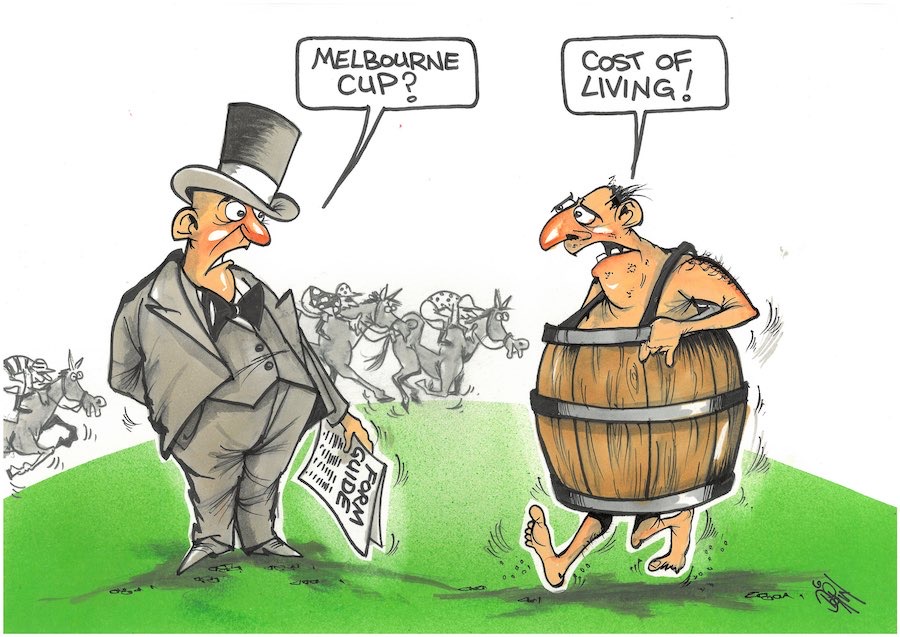
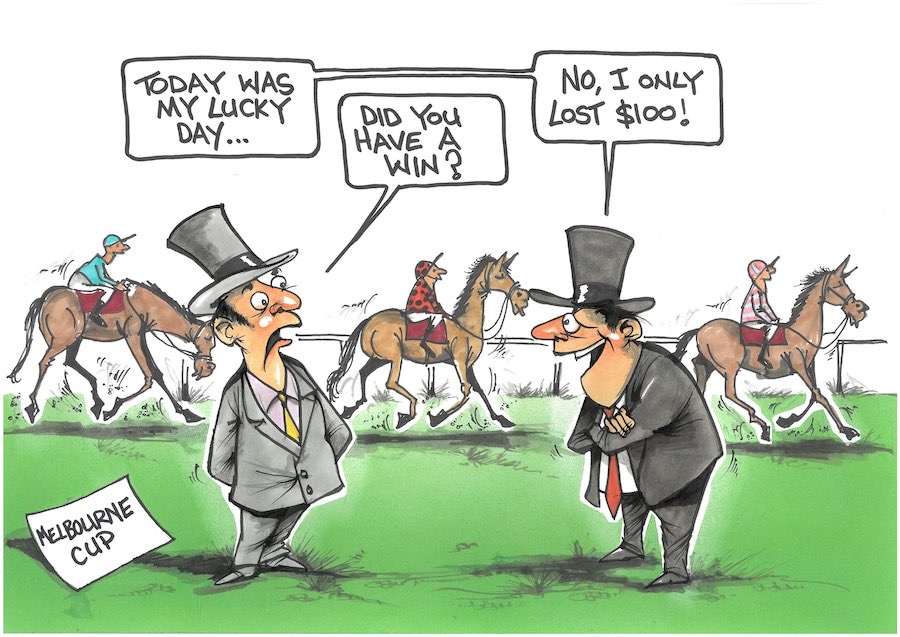
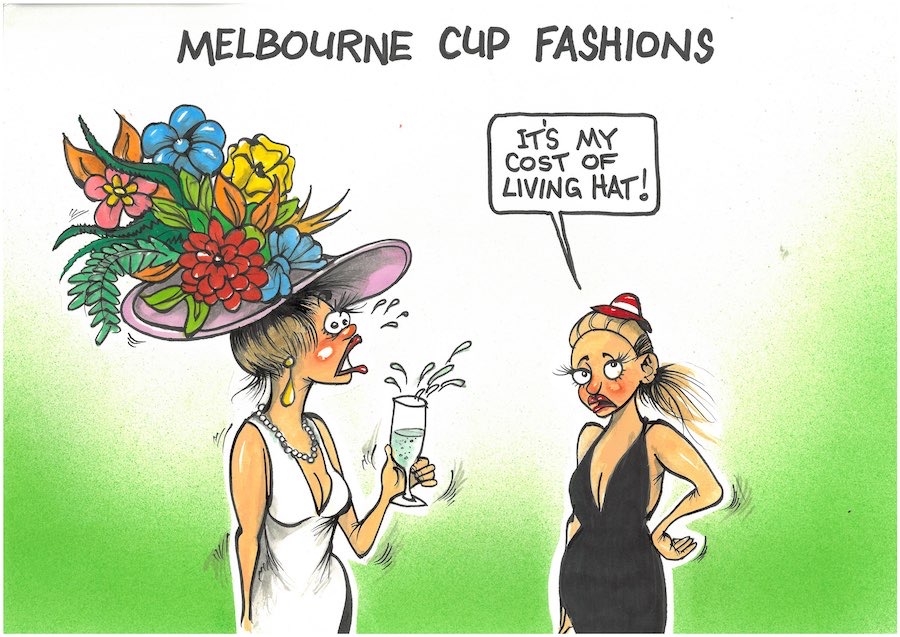

Leave a Reply